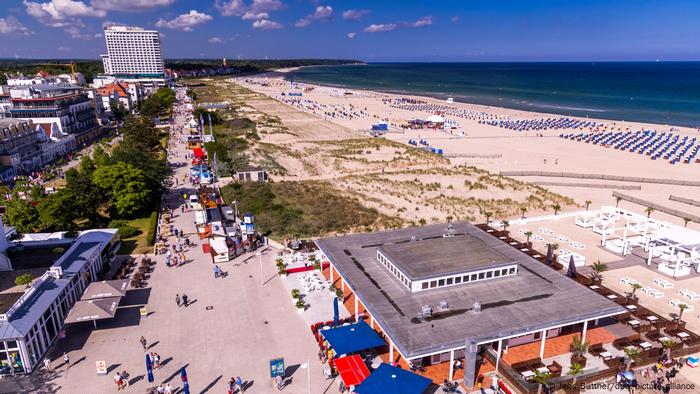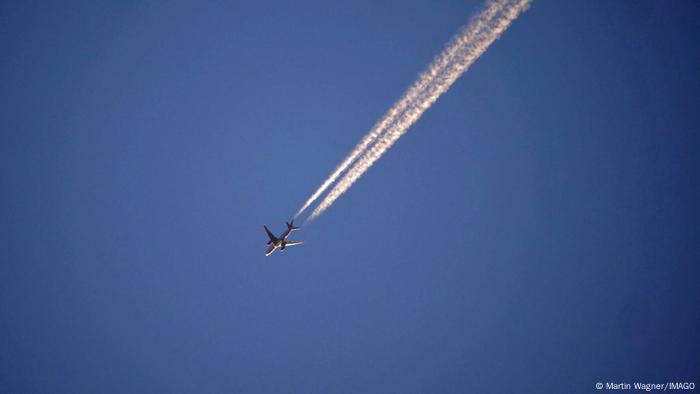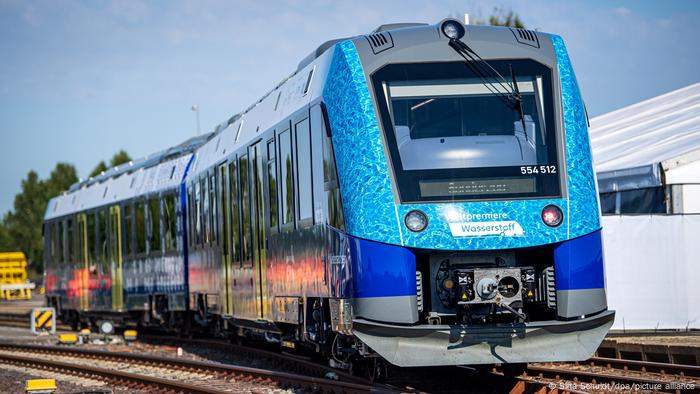Tourism companies need to drastically reduce their carbon footprint. However, there is no comprehensive and binding sustainability strategy.

How can tourism contribute to climate neutrality?
You can see how it can be done in Ueckermünde. There, on the Szczecin Lagoon in the extreme north-east of Germany, is the Haffhus, a hotel and spa that covers its entire need for heating, cooling and electricity from renewable energies and produces all of the electricity itself. In 2018, the connection to the public power grid was even cut and it has been self-sufficient ever since, says Dirk Klein, the sustainability manager at the Haffhus, which is also completely climate-neutral.
Germany must be climate-neutral by 2045
< p>What is already working on a small scale here and there should become the norm in the industry by 2045. Because according to the Climate Protection Act, Germany must then be greenhouse gas-neutral. Means: No more climate-damaging gases may get into the atmosphere than can be bound at the same time. According to the Federal Statistical Office, the tourism industry causes only 2.6 percent of the total greenhouse gas emissions in Germany. For the goal of climate neutrality, however, tourism must also make its contribution, as everyone in the industry agrees. “We are aware that the tourism industry has to tackle the issue of climate protection and sustainability with a different approach than before,” says the Federal Association of the German Tourism Industry.

Most of the CO2 emissions from tourists are caused by the journey to the holiday destination
Achieving climate neutrality in tourism is a major challenge, says Heinz-Dieter Quack, professor at the Institute for Tourism and Regional Research at the Ostfalia University of Applied Sciences in Salzgitter. “Especially because overcoming distances is part of tourism.” In fact, getting to a holiday destination is usually responsible for the majority of tourists' CO2 emissions. Since there will be no climate-neutral air travel in the foreseeable future, alternatives would have to be created, according to Quack: Reach your destination by bus and train instead of by plane.
Circular economy helps to reduce emissions
“Traffic is the obvious thing,” he says. “Ultimately, it's also about the behavior of the people in the target area.” Here, the circular economy can help to reduce emissions. Where do the goods come from that guests consume in the hotel or restaurant? Are they expensively imported or do they come from regional production? Under what conditions were they made? What materials were used to build the accommodation? All of these things would have a direct impact on the carbon footprint.

Where the food that is served for breakfast in the hotel comes from has a major impact on the climate footprint
< p>Quack leaves open whether such efforts on a voluntary basis are sufficient to achieve the climate goal: “I can't say to what extent we will be climate-neutral by 2045.” There is obviously a lack of a comprehensive and binding sustainability strategy in tourism. At least that's what it says in a recently published paper by the Federal Tourism Competence Center, headed by Quack. “There is no nationwide agreement on concrete climate protection goals in tourism,” it says. “There is no detailed and agreed national strategy for climate protection and sustainability in tourism.” One of the problems, says Quack, is that the responsibility for tourism policy lies with the federal states.
It's not possible to completely avoid CO2 emissions
Harald Zeiss, on the other hand, a professor at the Harz University of Applied Sciences in Wernigerode with a research focus on sustainability in tourism, points out that the industry consists of many very different sectors and is therefore difficult to treat as a unit. “In addition, government requirements quickly lead to competitive disadvantages,” says Zeiss. A sustainability strategy would therefore have to be agreed internationally.

A hydrogen-powered train – transport has great CO2 savings potential for tourism
Marion Schuster from the company Fokus Zukunft, which develops sustainability strategies and prepares greenhouse gas balances on behalf of hotels, knows how the CO2 footprint of an average tourist is made up. In many cases, food production and transportation accounted for the majority of emissions, followed by heat generation and laundry. Hardly any hotel can be 100 percent climate-neutral. “There will always be a residual value,” says Schuster. A few years ago, the German Hotel and Restaurant Association determined that between just under 17 and almost 50 kilograms of CO2 are generated per guest and overnight stay, depending on the star category of the hotel.
Organic meat from our own farm
< p>Andrea Fend and her family have already significantly reduced the value. They run the organic spa hotel “Moor & Mehr” in Bad Kohlgrub in the Ammergau Alps – climate-neutral. There is a wood chip heating and a photovoltaic system, the organic meat comes from our own farm, all other food if possible from local producers. But even so, there are still 7.53 kilograms of CO2 per guest per day. So that the climate balance of the guests on site does not deteriorate any further, they are given a guest card by the regional tourism association, with which, among other things, free bus travel in the region is possible.
You can get this in the Haffhus at the other end of the Republic only dream. “Here, local public transport stops operating completely during the holidays,” says Dirk Klein. So the topic of mobility drives up the CO2 footprint of holidaymakers because they often travel by car. “Traffic is the big problem. No matter how sustainable we can make the accommodation: If something fundamental doesn't happen there, the goal of climate neutrality cannot be achieved.”